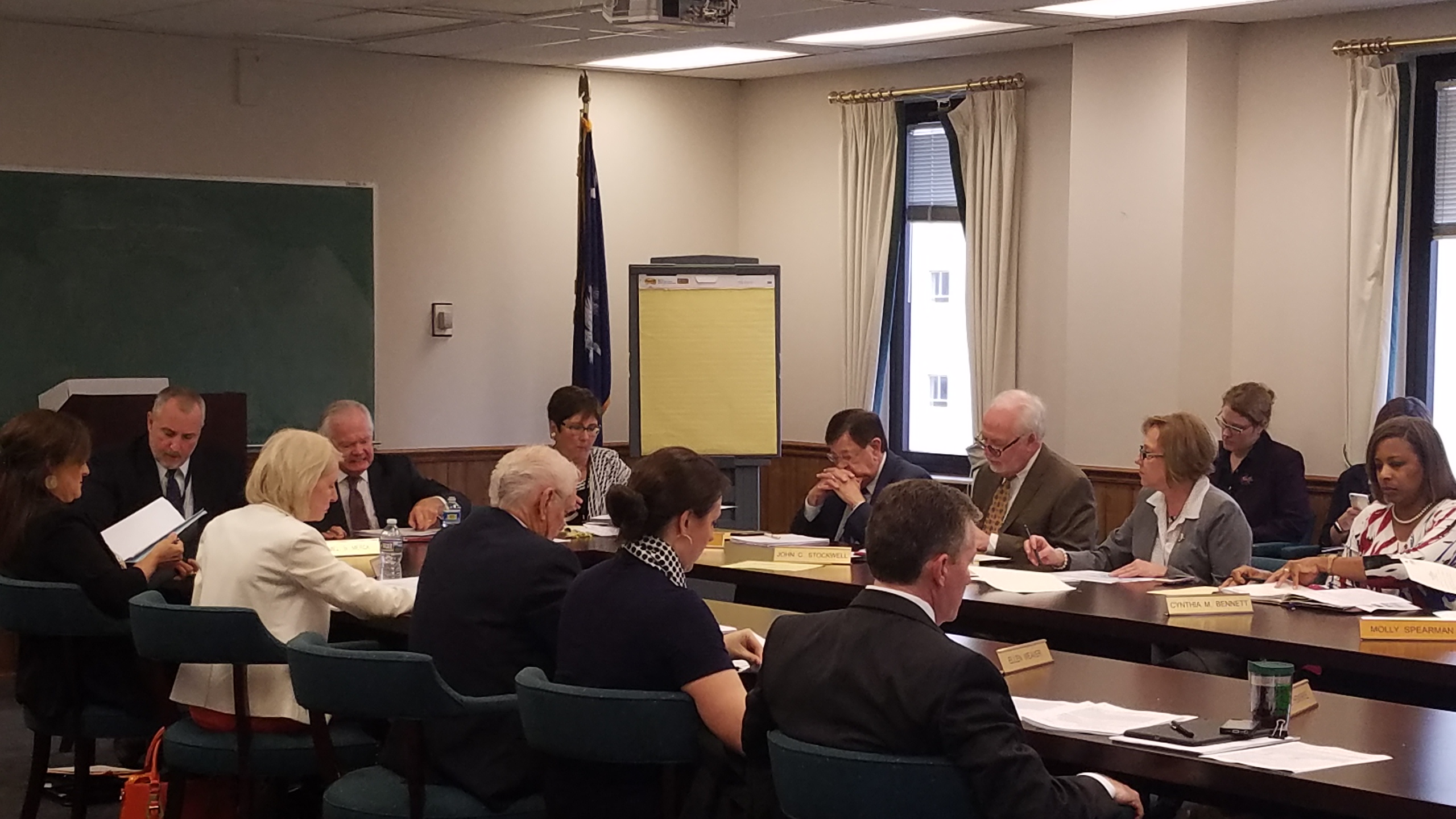Weekly Legislative Update – School Accountability Vote (Video)

Adam Crain
This week at Palmetto Promise Institute, Senior Fellow Dr. Oran Smith speaks with Education Oversight Committee (EOC) Member and Palmetto Promise Institute President Ellen Weaver. In it, Ellen reacts to the EOC’s adoption of new recommendations for rating school quality in the Palmetto State.
Last week, we framed the debate for you: clear school report cards designed for easy use by parents and the public verses a more complicated system – one that is hard to decipher and fails to paint a clear picture of a school’s performance.
Sen. Hembree’s offers amendment to add clarity to the school report card.
Going into the meeting today, the EOC was poised to adopt a recommendation that would grade components of school performance (Academic Achievement, Graduation Rate, English Language Proficiency, School Environment, and College and Career Readiness) on a 120 point scale.
From our perspective, the categories were good, but leaving parents on their own in deciphering what 108 points out of 120 actually means does not provide the clarity we believe parents deserve.
With Sen. Hembree’s amendment, the EOC agreed to provide a summative rating for each performance component. Not only will parents be able to see the points earned, they will also be able to see a how that translates into actual performance: “Excellent,” “Good,” “Average,” “Below Average,” or “At Risk.”
Under the adopted amendment, schools will also now received an overall ranking based on their total number of points earned.
EOC recommendation is not perfect, but Tuesday’s vote represents progress.
The next issue to wade through will be how to determine what scores on this 120 point scale fall into which achievement category. In education, this is known as setting “cut scores.” Unfortunately, a 120 scale is trickier than using a much more straightforward 100 point scale. Advocates for robust accountability will need to watch carefully as these “cut scores” are set to ensure that they accurately reflect the performance of each school.
Additionally, although the designation “at risk” is somewhat weak (schools in this category aren’t “at risk” of failing, they actually are), adding summative ratings to each component as well as the school overall is a major win for transparency and clarity.
The growing debate over what is an appropriate amount of testing also surfaced in Tuesday’s meeting, with a majority on the EOC voting to further reduce the number of summative tests given in middle school.
While it is concerning that the tests removed were in science and social studies and will provide less accountability information for schools, it is also clear that South Carolina has a long road ahead in streamlining and coordinating the multitude of tests coming from the federal, state and local levels.
Overall, this week was a win for the parents of South Carolina students and taxpayers.
School ratings matter because education should be your choice
Finally, a word on why this is important. If you believe as we do that your child’s education should be yours to control, then it is important to have a complete database of facts about the education opportunities at your disposal. Included in that database should be a measure of school performance.
Even if the school needs improvement, we believe you need to know all of the strengths and weaknesses as you mull your decision. Informed parents can be engaged parents – and we’ve never needed that more in South Carolina education!




